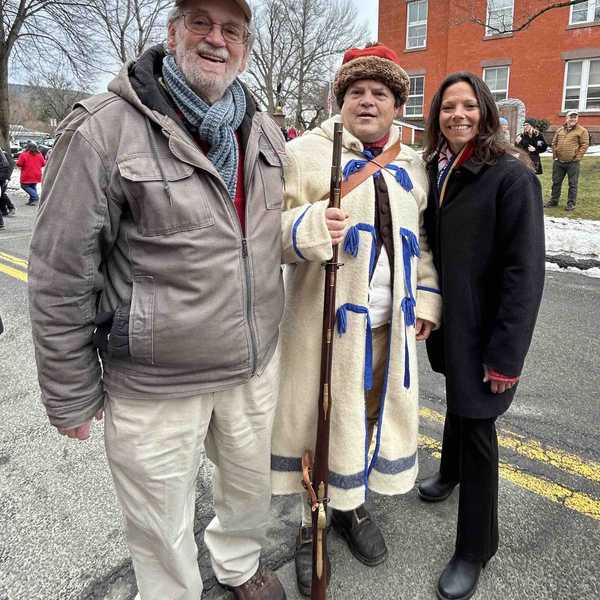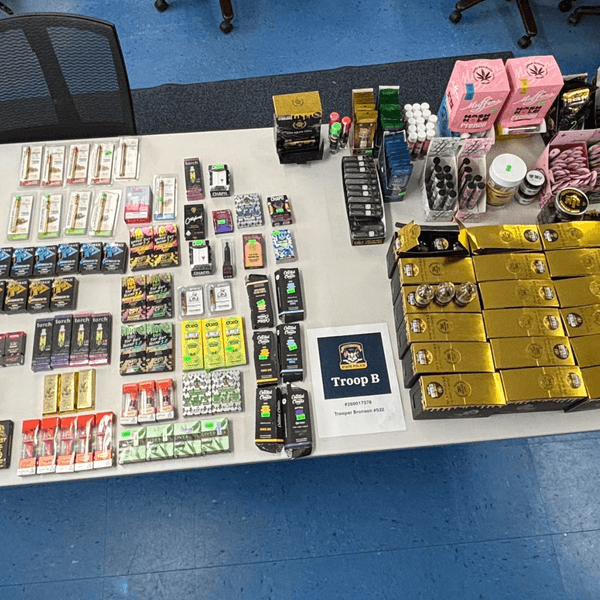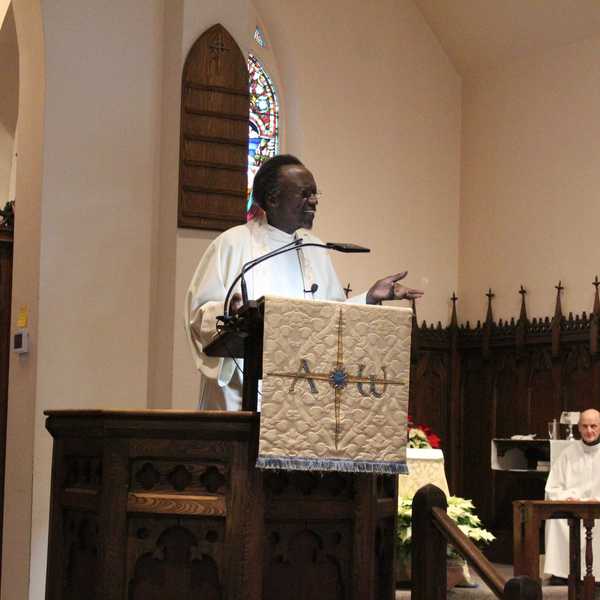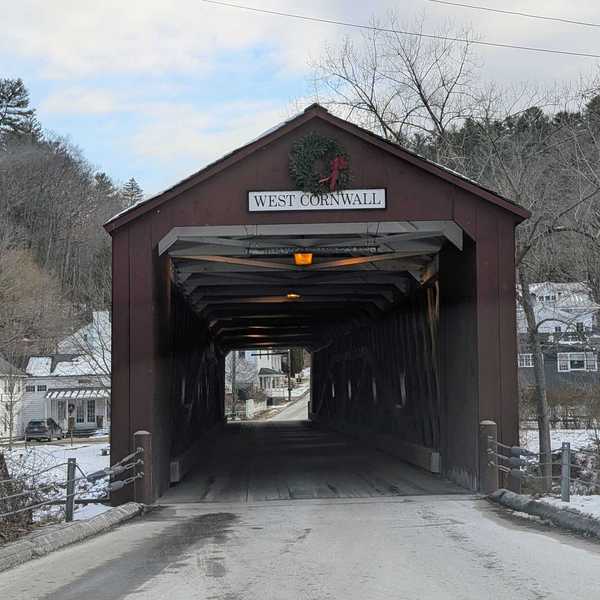My ride-along with a traveling large-animal vet

(From left) Dr. Julie Clas, Dr. Teddy Chase, Dr. Isaac Angell and Dr. Chris Moyer on Jan. 4 outside of the Bentley Veterinary offices in Stanfordville, N.Y., getting ready to head out for the day.
Photo by Elias Sorich
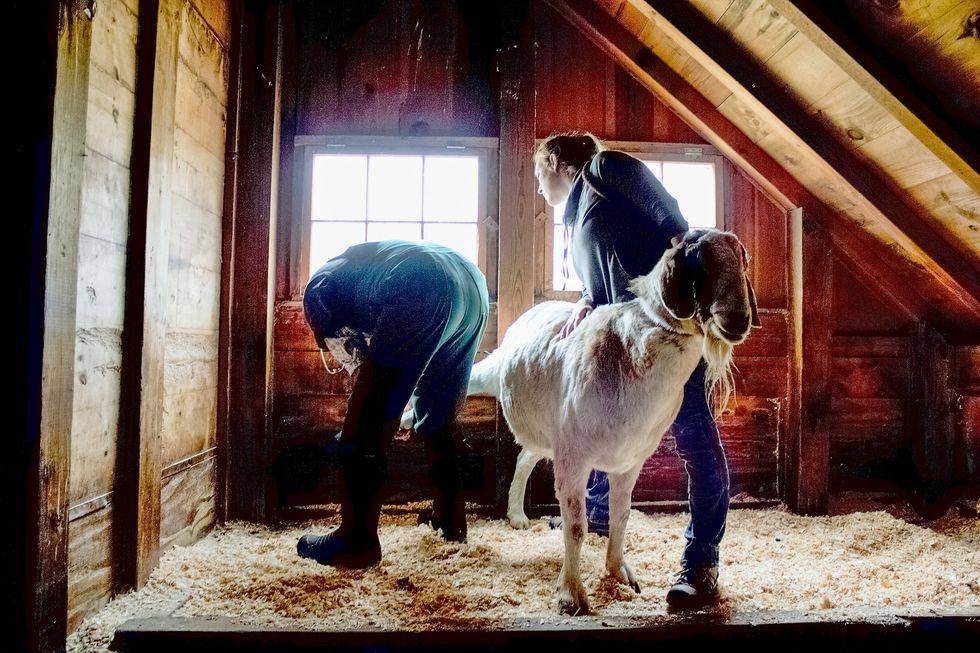
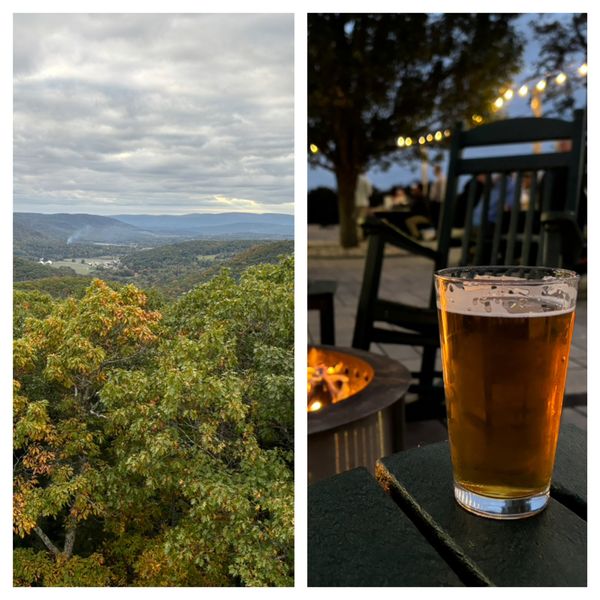

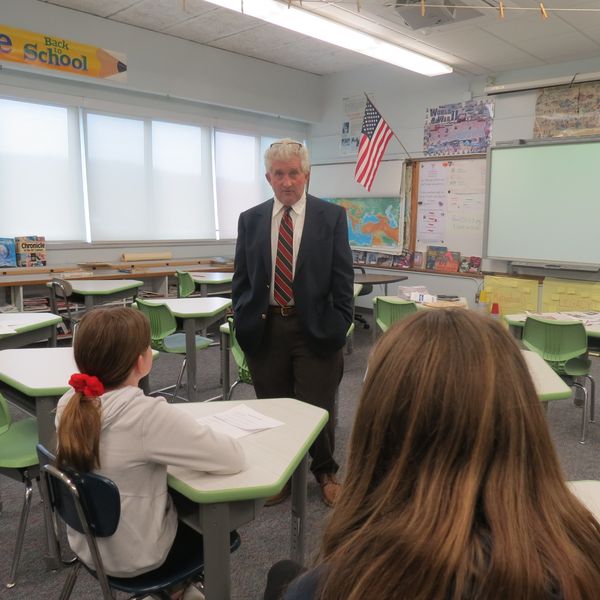

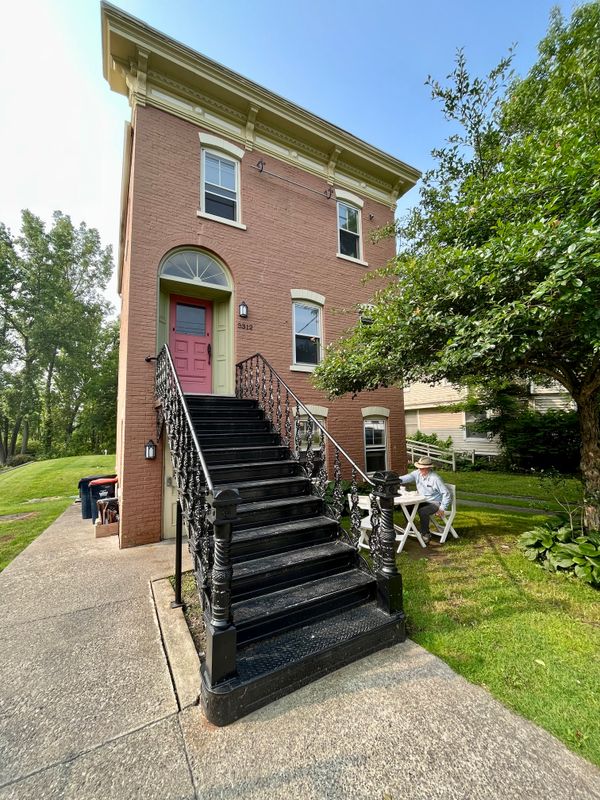


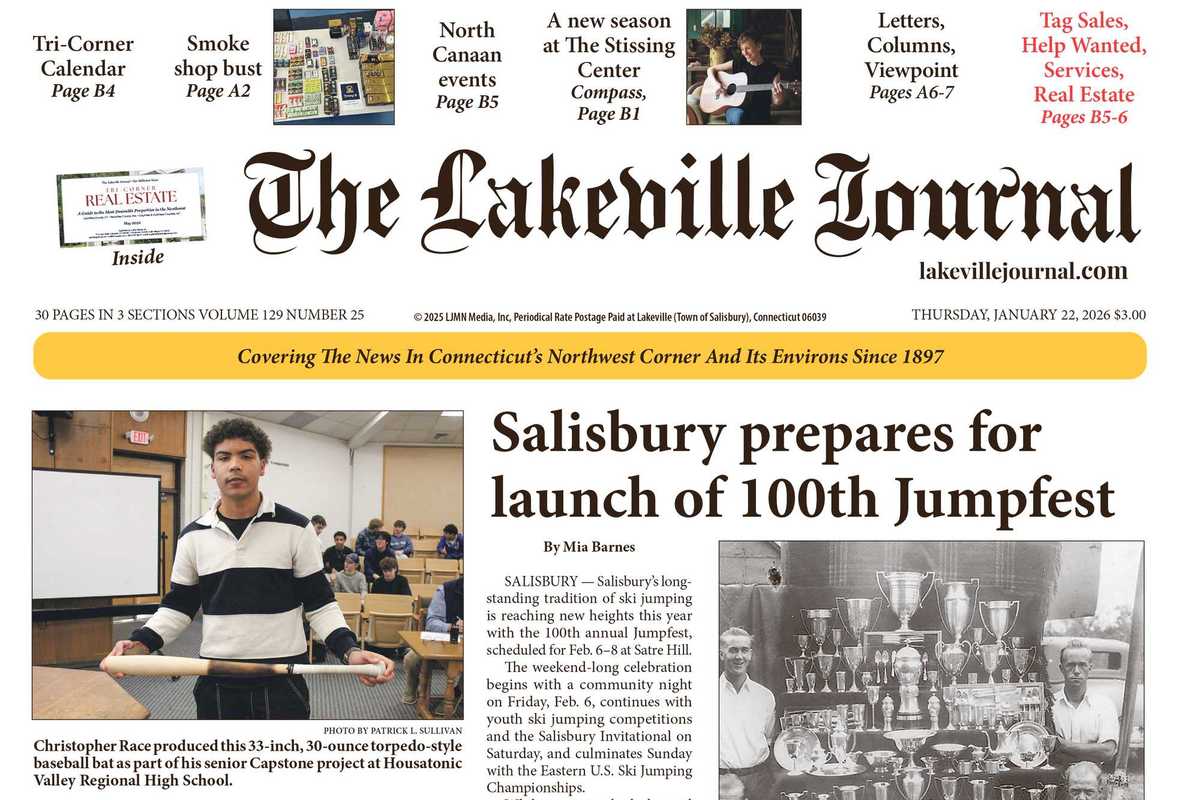
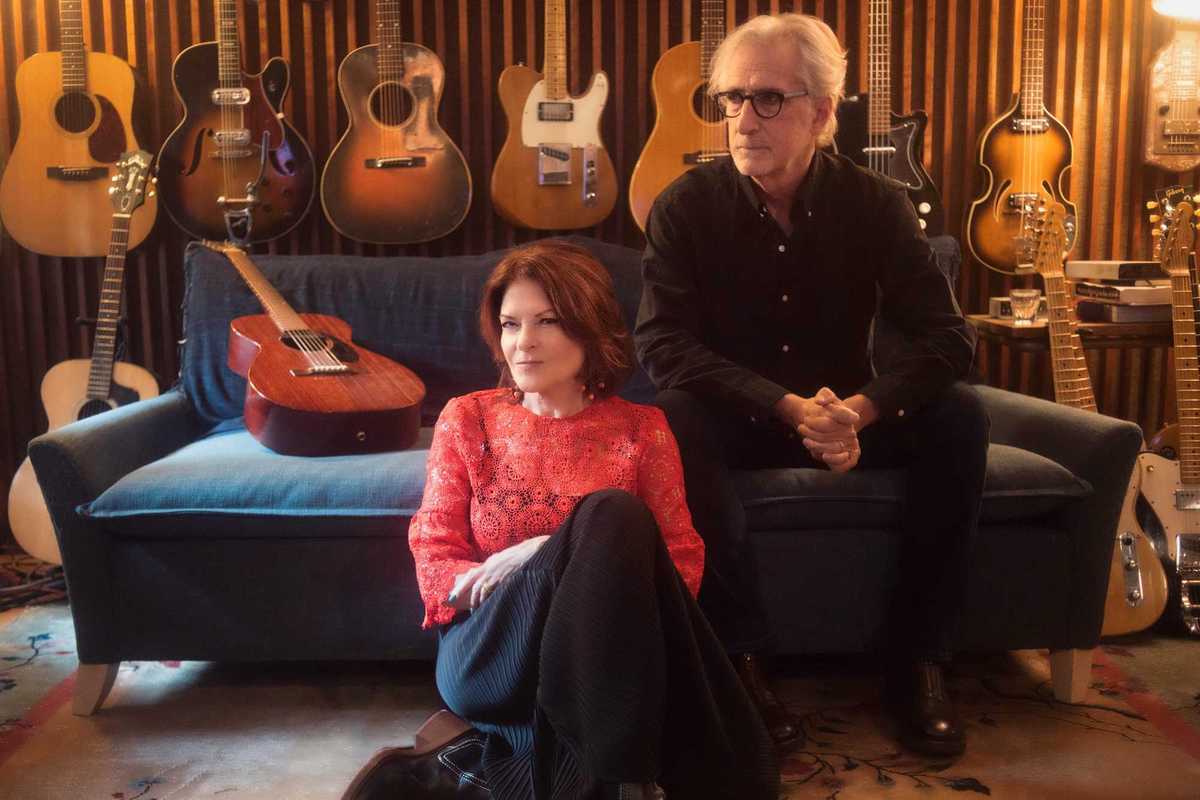
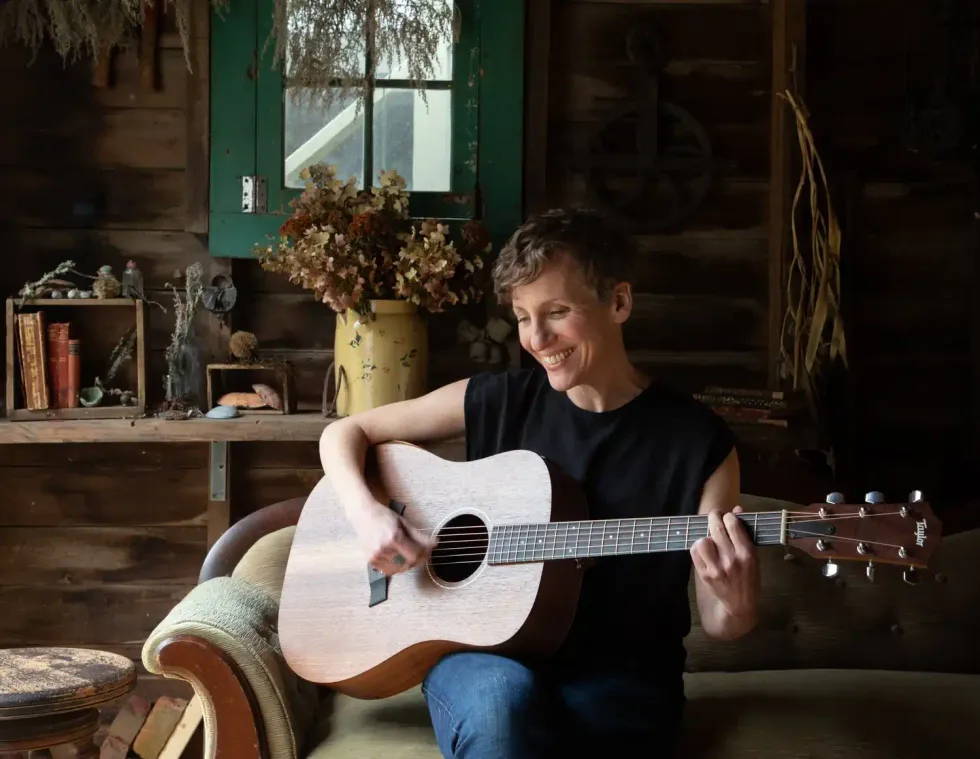 Natalia Zukerman will open the series at The Grace Note, the new space at The Stissing Center on Feb. 13.Sarah Blodgett
Natalia Zukerman will open the series at The Grace Note, the new space at The Stissing Center on Feb. 13.Sarah Blodgett
